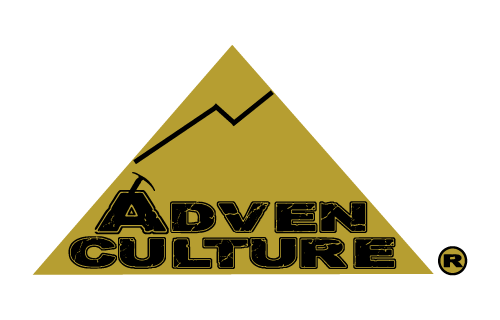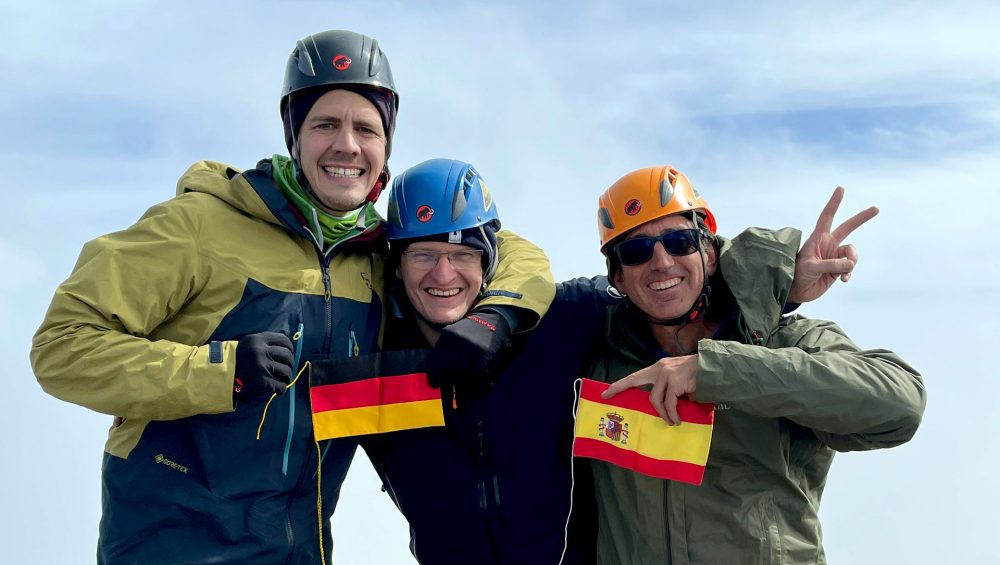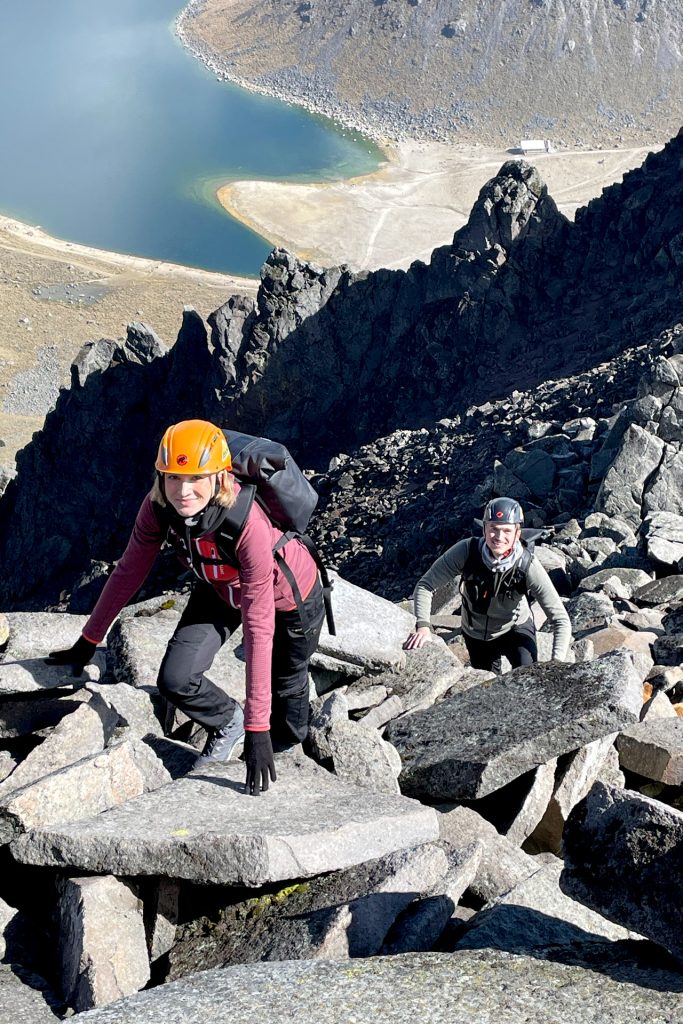How can we be safer up in the mountain?
1) Use of a helmet is mandatory. Your chances of survival are exponentially higher. Even if you are hit by a rock, most chances are that you will only be stunned, not injured.
2) Tratar de estar fuera de la montaña antes de que el sol de mediodía haya derretido la nieve de la parte más alta de la montaña.
3) Descender por una ruta menos expuesta a la posible caída de rocas, siempre alerta a los sonidos y voces (nunca bajar escuchando música, ¿me oyeron?)
4) Si ya están cayendo piedras regularmente, como ocurre todos los veranos en el Grand Couloir del Mont Blanc o en el Chimborazo, un miembro de la cordada actuará como vigía, mientras los demás descienden. Si se ve o escucha una piedra caer, el vigía gritará: ¡¡piedra, cuerpo a tierra!!, y los compañeros se tirarán al suelo y se cubrirán lo mejor que puedan.


